What is SEO? A Basic SEO Guide for Beginners with MIMADIGI
SEO (Search Engine Optimization) is the process of optimizing a website to improve its ranking on search engines like Google. The goal of SEO is to help your website appear high in organic search results (not ads), thereby increasing quality and free traffic from users.
For example: When you search for "buy men's sports shoes", Google will display a list of the most relevant websites. SEO helps your website be in that first group.
Why is SEO important?
- Increase traffic without advertising costs
- Appear at the right time when customers need to search
- Enhance brand trust and reputation
- Higher conversion rates because customers actively seek you out
- Long-term and more sustainable benefits than paid advertising
How does SEO work?
Google uses hundreds of factors to evaluate and rank websites, but in general, SEO is divided into 3 main parts:
- Onpage SEO – Optimize on-website factors such as content, keywords, title tags, page load speed, internal links...
- Offpage SEO – Optimize off-website factors website, typically building backlinks from reputable websites.
- Technical SEO – Optimize techniques such as page structure, HTTPS security, XML sitemap, W3C standards, etc.
Popular SEO types
- Local SEO: Optimize to appear in search results by geographic location (very important for local stores and businesses).
- Image SEO: Optimize images to appear on Google Image.
- Video SEO: Optimize videos (usually on YouTube) to increase visibility.
- E-commerce SEO: Specifically for websites selling online.
Basic SEO guide for beginners
Step 1: Keyword research
- Use tools like Google Keyword Planner, Ubersuggest, Ahrefs…
- Focus on keywords with high search volume and low competition
- Prioritize long-tail keywords because they are easy to rank and suitable for beginners
Example: Instead of using the word “shoes”, use “genuine men's sports shoes Hanoi”
Step 2: Write standard SEO content
- Useful content that solves the reader's problem
- Contains the main keyword in the title, opening paragraph, meta description, H1/H2 tag, URL
- Avoid copying content from other pages
Easy-to-read structure: paragraphs, subheadings, bullet points, illustrations
Step 3: Onpage Optimization
- Attractive title, containing the main keyword
- Meta description with call to action, containing keywords
- Short, SEO-friendly URL (e.g. www.website.com/what-is-seo)
- Images with ALT description tags
- Fast page load speed, mobile-friendly interface
- Use internal links (linking to related pages)
Step 4: Offpage Optimization
- Build backlinks from reputable sites in the same field
- Share articles on social media to increase traffic
- Write guest posts on other blogs/websites
- Create a Google Business Profile if you do SEO local
Step 5: Track and measure
- Google Analytics: Track traffic, user behavior
- Google Search Console: Check keywords, display status on Google
- Measure metrics such as: organic traffic, time on page, bounce rate, pages per session...
Common SEO mistakes beginners make
- Keyword stuffing
- Copy content from elsewhere
- Ignoring user experience
- Only doing Onpage SEO without Offpage
- Not updating SEO knowledge (Google frequently changes algorithms)

Some free SEO support tools
| Tool name | Main uses |
| Google Search Console | Track SEO performance |
| Google Keyword Planner | Free keyword research |
| Ubersuggest | Analyze keywords and content |
| Yoast SEO (WordPress) | Support writing standard SEO content |
| Google Analytics | Analyze visitor behavior |
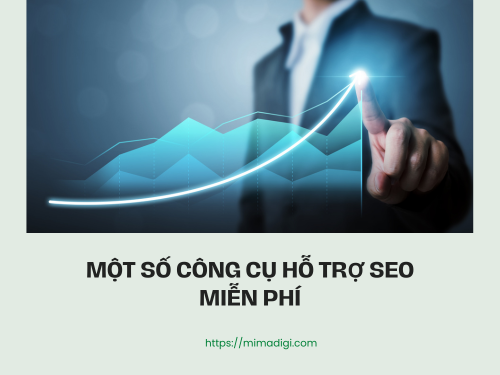
MIMA DIGITAL TECHNOLOGY SERVICE CO., LTD
- Tax ID: 0318672839
- Address: Hóc Môn District, Ho Chi Minh City
- Hotline/Zalo: 0909 035 333
- Email: info@mimadigi.com
- Website: https://mimadigi.com




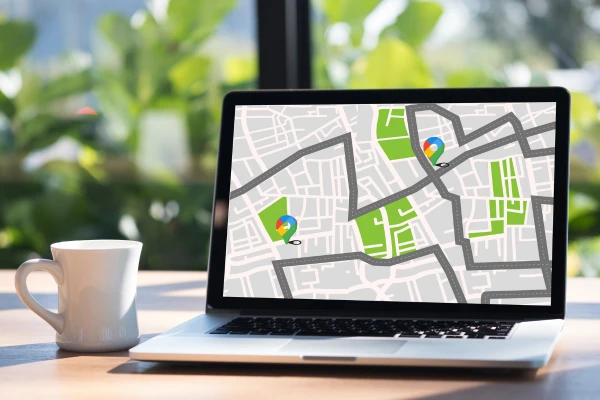
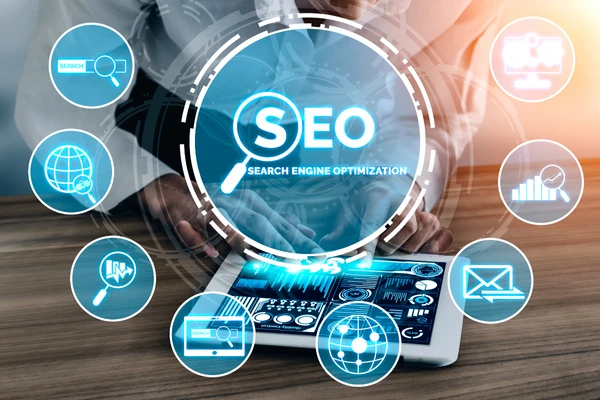


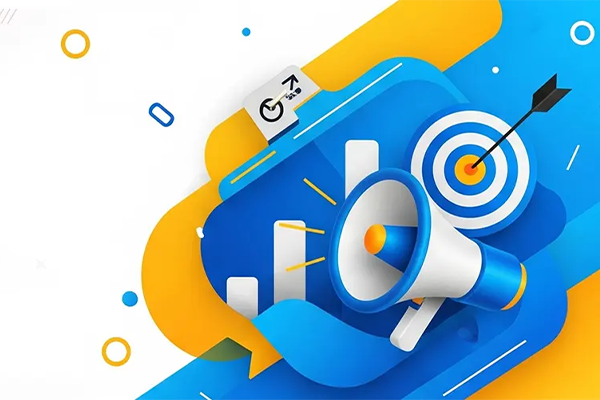
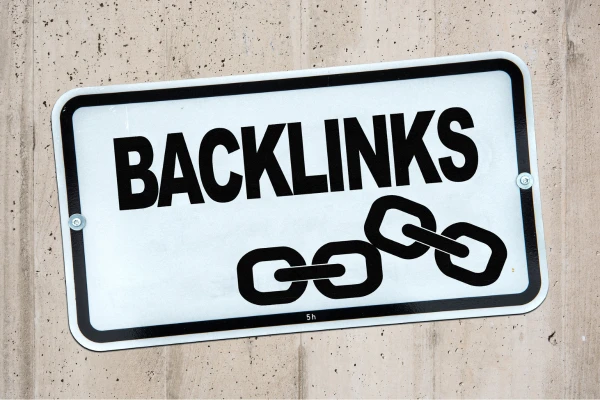

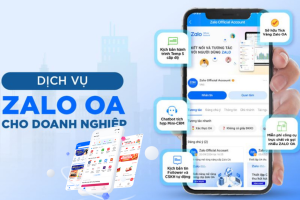
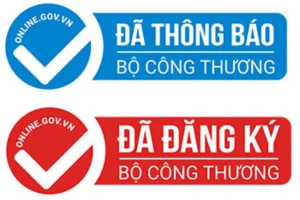
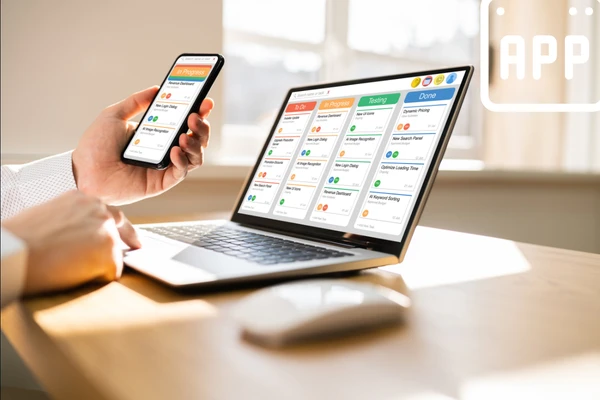

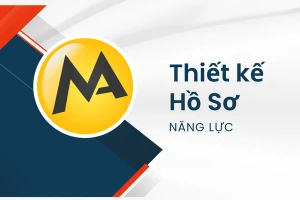

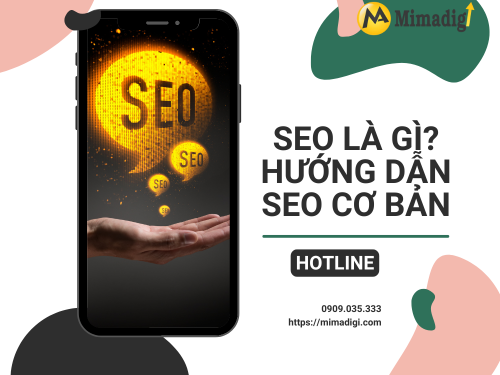


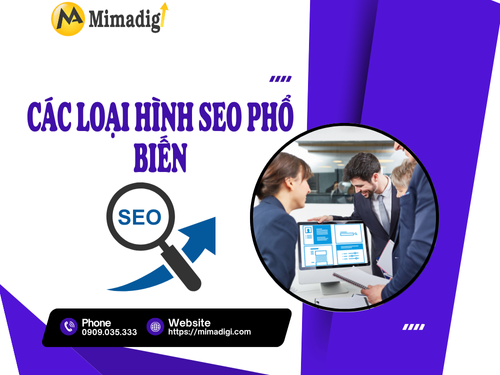
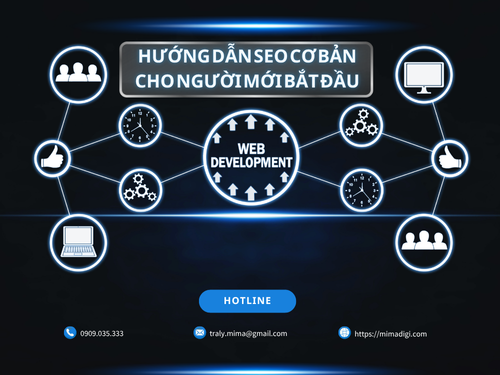




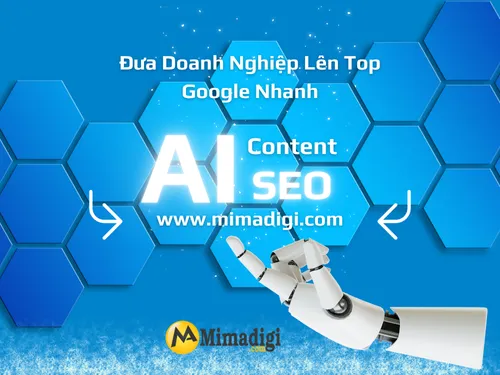
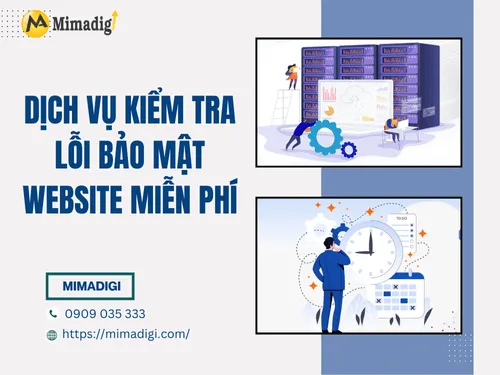
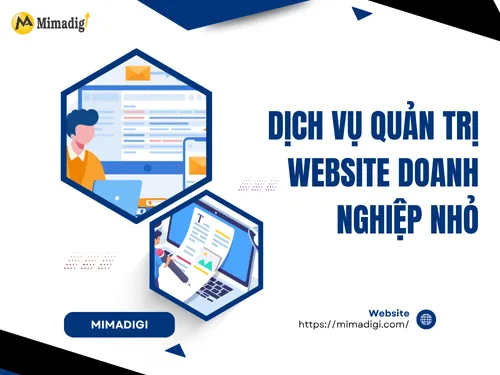


Share your review